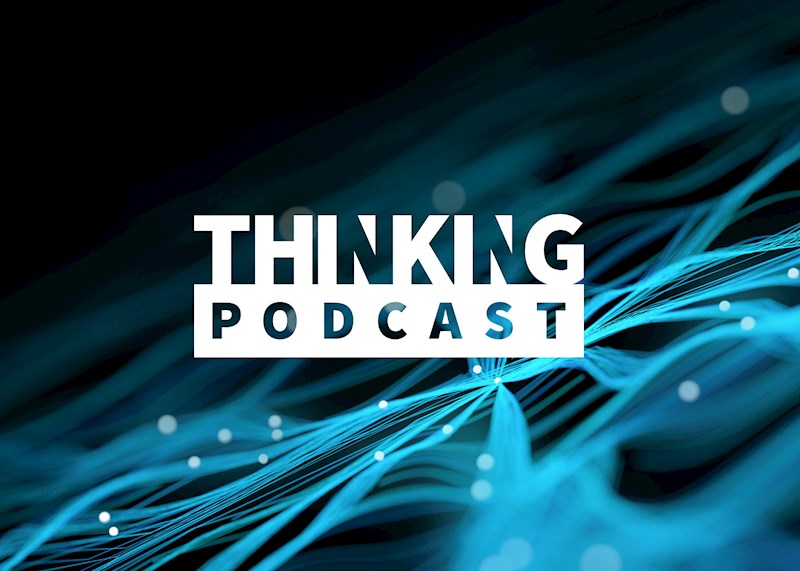Reshoring, the process of bringing manufacturing jobs back to the U.S., has become an important economic conversation. For decades, offshoring dominated as companies moved production overseas to cut costs. However, vulnerabilities exposed by the pandemic, coupled with government incentives, are encouraging companies to relocate operations back home.
For nearly three decades, offshoring weighed heavily on construction firms. By 2017-2018, however, the U.S. had reached "peak offshoring," as most viable overseas moves abroad have been completed. Since then, the focus has shifted toward strengthening domestic supply chains and improving resilience.
One of the biggest questions surrounding reshoring is whether the U.S. has enough skilled labor to sustain it. While there’s a perception of shortages in blue-collar trades, such as welders, electricians, and plumbers, the issue seems to be driven more by rising demand than declining supply. Construction activity has surged, with mechanical, electrical, and plumbing (MEP) contractors experiencing rapid revenue growth from 2021 to 2024. Still, successfully managing workforce development will be crucial for sustaining the momentum of reshoring.
Reshoring is also closely tied to the boom in infrastructure and energy projects driven by artificial intelligence (AI) and digital expansion. Data centers, essential for AI and cloud computing, are growing at a faster rate than any other construction sector. These facilities are highly energy-intensive, requiring advanced liquid-cooling systems to manage the heat from AI chips. This surge in demand is putting immense pressure on the U.S. power grid, making innovative energy solutions and stranded power—energy that’s produced but not usable due to infrastructure limitations—critical for supporting this growth.
The shift from offshoring to reshoring represents a major reversal of decades-long trends. While labor and energy challenges remain, they largely reflect growth and demand, rather than weakness. Reshoring is not just about bringing jobs back; it’s about rebuilding domestic supply chains, investing in skilled labor, and expanding infrastructure to support the economy. Businesses and investors should closely monitor the forces driving this movement, as its ripple effects will shape industries across the board for years to come.
For more information on related investment opportunities and insights, please see our William Blair Thinking video podcast, Reshoring, AI, and the New Infrastructure Boom, featuring William Blair’s Richard de Chazal, CFA, macro analyst, and Tim Mulrooney, partner and group head of the global services sector.



